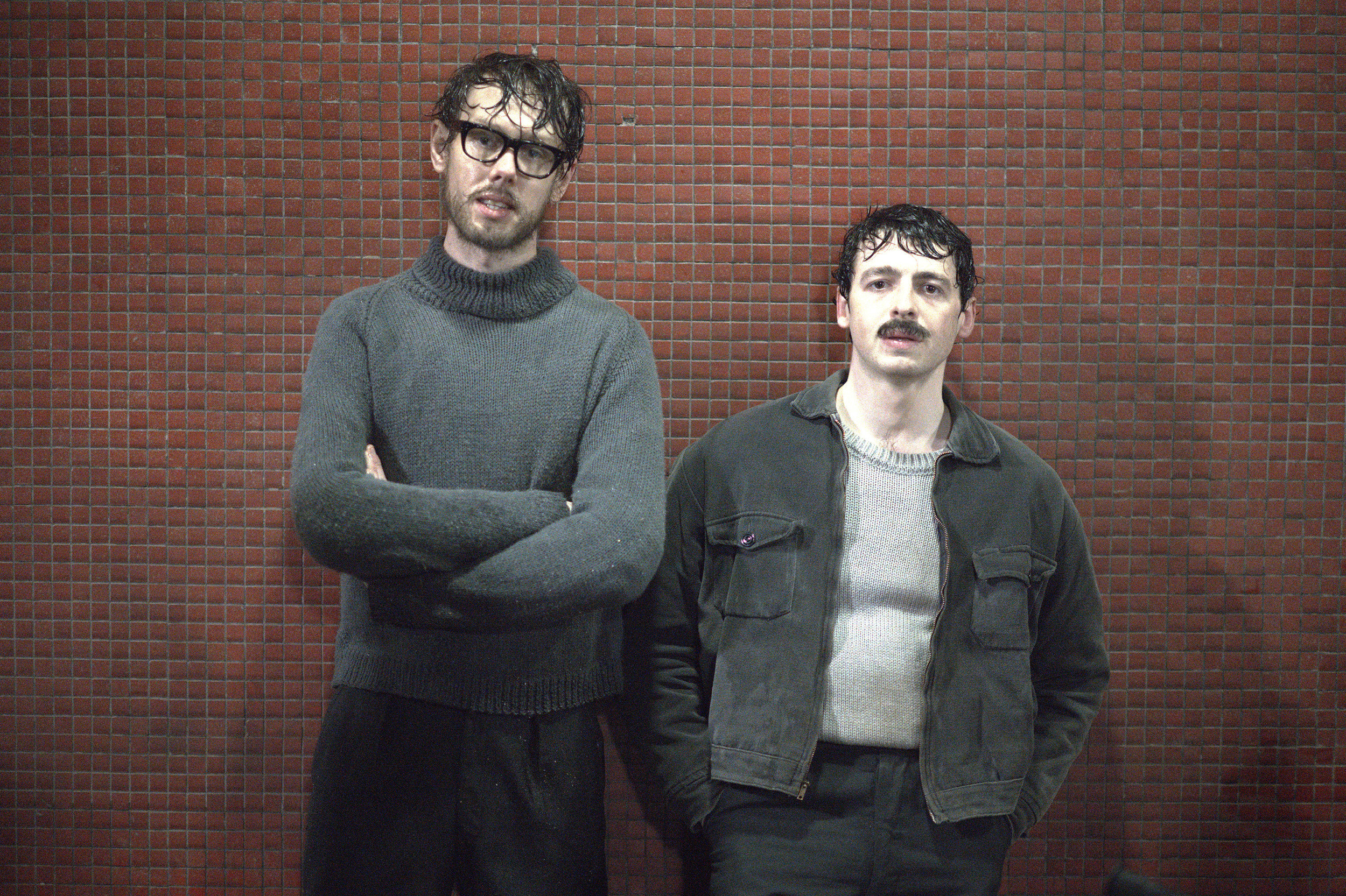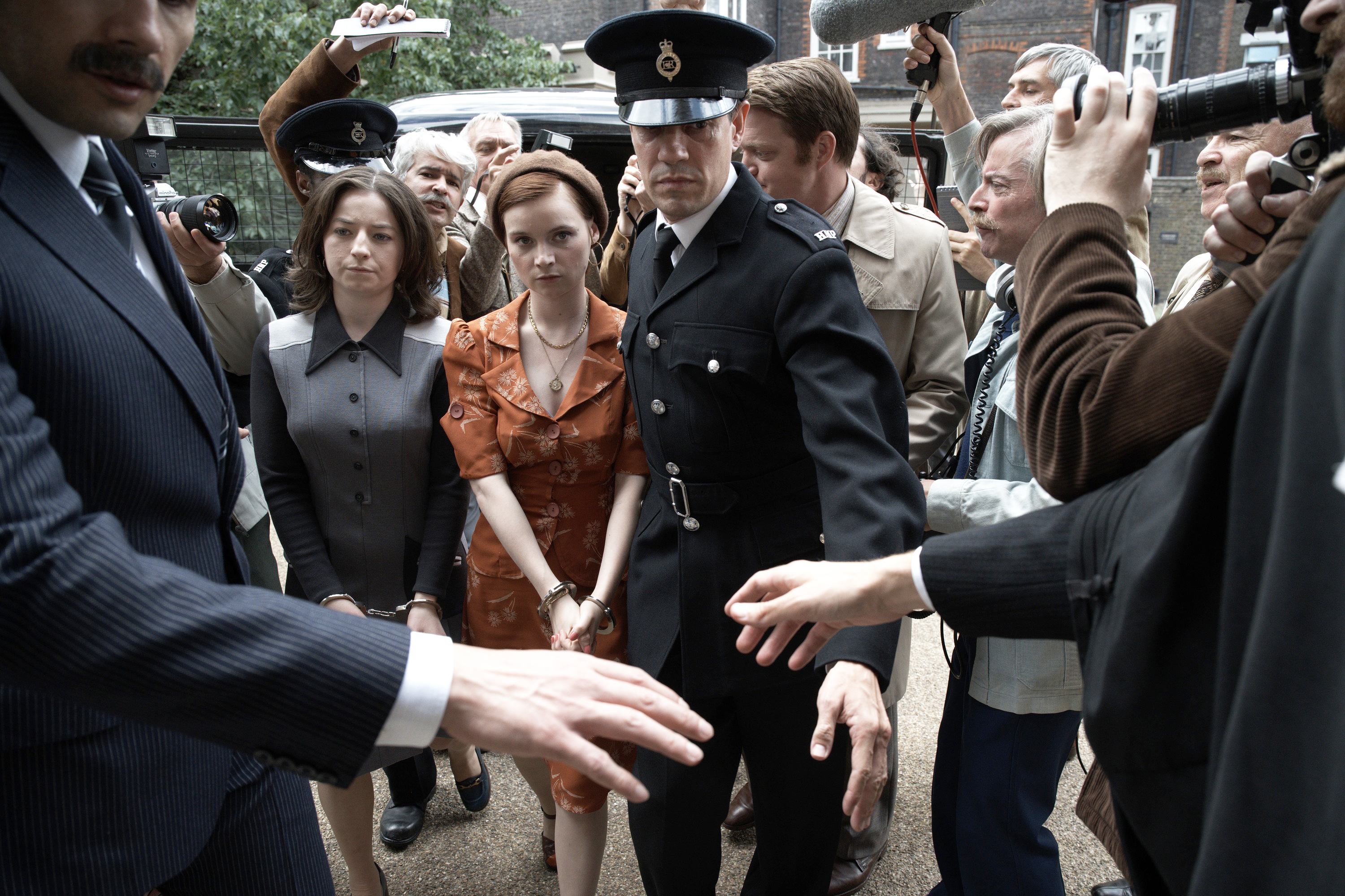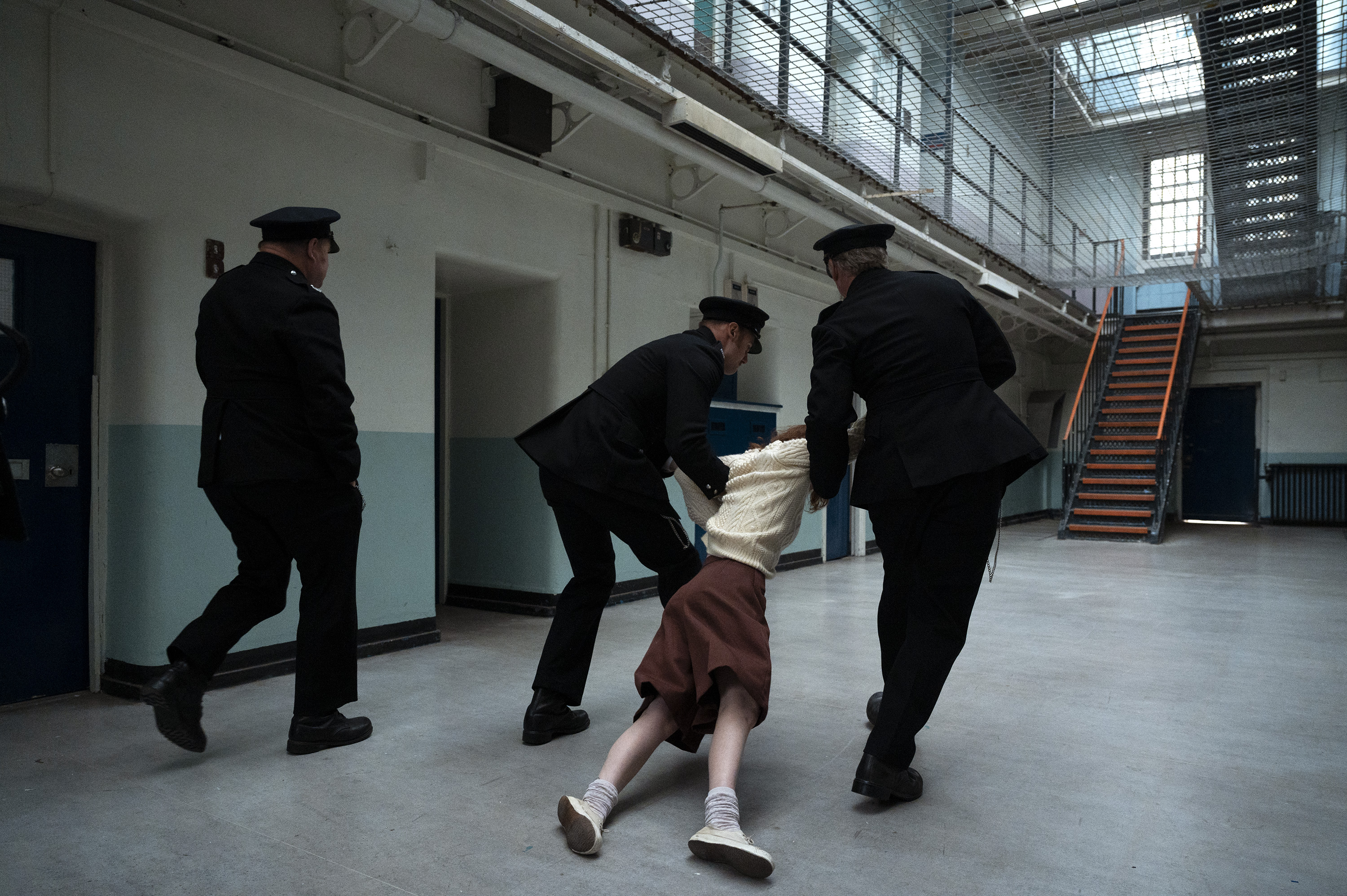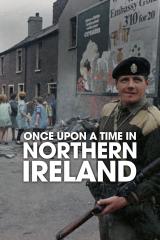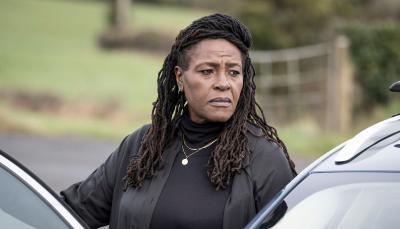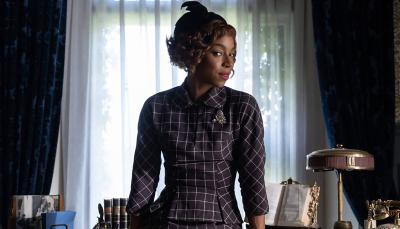'Say Nothing' Says So Much & Yet So Little
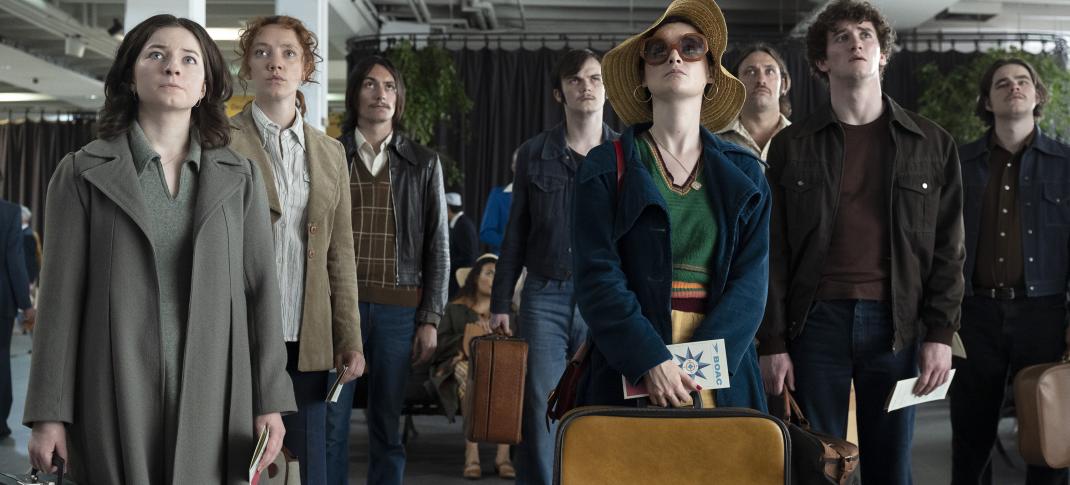
Hazel Doupe as Marian Price, Lola Petticrew as Dolours Price, Art Parkinson as Francis McGivern, Mirren Mack as Roisin in 'Say Nothing'
Robert Youngson/FX
Say Nothing, the FX/Hulu limited series adaptation of Patrick Radden Keefe’s bestselling, award-winning 2018 book of the same title, covers forty years of events during The Troubles in Northern Ireland and England. Over the scripted series’ nine hour-long episodes, viewers get to know historical figures of the era and a feel for the wretchedness and devastation wrought by a multi-decade civil war. Like Keefe’s book, the series, created by Joshua Zetumer, is deeply invested in examining the urgency and importance of documenting history in the words of the people who live it, how young revolutionaries age and find themselves in places very different from where they started; and what solutions people can (and cannot) live with if a durable, longstanding peace can be negotiated. Even in the spots where Say Nothing stumbles, the series’s bracing ambition and unflinching, often-tortured heart make it well worth viewers’ time.
We decided to take a different approach with this piece than we usually do here at Telly Visions, a conversation between critics about what works in this series and what doesn’t. Due to the passionate fan response to Keefe’s best-seller, there are two kinds of viewers coming to this show: those like Sophie, who have consumed quite a few other Troubles-related films, books, and TV series, including Keefe’s, and care deeply about what’s happened so far, and what could happen in the future; and those like Marni, who have probably barely heard of it and may only know about The Troubles from Derry Girls and songs by politically-minded Irish artists.
The forty-odd years covered by Say Nothing are bookended by events surrounding the 1972 abduction and murder of Jean McConville, a widowed mother of ten in Belfast, who the IRA suspected of being a tout (informer). Her children steadfastly deny that their mother – who struggled to make ends meet and was deeply depressed – informed on their republican-leaning neighbors. They attained a measure of justice when her body was recovered over 30 years later from a grave dug into the dunes of an Irish beach. However, no one has ever been prosecuted for the war crime of her disappearance.
A Flawed Series Worthy of Your Time
Sophie: Let’s start with a bit of unalloyed praise: the cast of Say Nothing is uniformly excellent. This is the fourth exceptional Anthony Boyle (Manhunt) performance I’ve seen in the last year alone, and his young Brendan Hughes is so charismatic and charming that you can see exactly why his men would have followed him into hell. That character loses nothing when Tom Vaughan-Lawlor (The Ipcress File) steps in as the older Hughes because the transition from fiery young IRA leader to the heartbroken yet still quite soulful shell of a man is seamless and believable. I thought the same about the actors playing the younger and older Price sisters and Gerry Adams. Did you have a favorite performance (or pair of performances)?
Marni: I was taken with the young sisters Dolours, played by Lola Petticrew (Bloodlands), and Marian, played by Hazel Doupe (Sanctuary). Their fire, passion, and humor made for really well-rounded characters, not just a dry reenactment. Also, Maxine Peake (The Hollow Crown), who plays the older Dolours, is incredibly moving and plays a conflicted character with aplomb.
Sophie: Those characters simply would not work without super-engaging performances. I agree – Petticrew and Doupe sell the Price sisters’ lifelong bond and, like Boyle, land the bone-dry jokes critical to the series' success. If I learned that the screenwriters lifted the humor wholesale from interview transcripts, I’d believe it; they feel entirely organic to the characters.
Marni: I don’t feel I gained enough perspective about what the Irish went through. The IRA’s goal was to get the English out, to be unoccupied, to be free, but that wasn’t well explained, nor was who the IRA targeted and why, because it seemed to be primarily civilians.
If the goal was to get the British soldiers out of the country, why were they bombing civilians? Why target your fellow countrymen? I understand the setup in the beginning, when Dolours and Marian went to the peace march, and how the Protestants, their fellow Irish countrymen, don’t view them as human; that was clear. But it didn’t seem like they made a good case for what the IRA were fighting for. In the end, I don’t know the simplest things: Are the English still occupying Northern Ireland today?
Sophie: Yeah, that’s something I hardly noticed as a viewer initially because I came into the series after reading the book several times. In retrospect, it strikes me as odd and is the kind of thing that could be clarified pretty quickly using brief postludes to episodes where they didn’t want to put a bunch of exposition in the mouths of the actors. The first episode establishes the basics of the centuries-long conflict with Dolours’ opening voiceover. The big set piece, where we see the terrifying brutality that radicalized Dolours and Marian during the peace march from Belfast to Derry, is very effective. I think it’ll resonate especially strongly for U.S. viewers (who I believe are FX’s intended primary audience) because that march was explicitly modeled on the 1965 march from Selma to Montgomery, Alabama.
However, the series almost entirely drops the thread of the IRA’s ultimate goal of ending the British occupation of the North of Ireland until Dolours and Marian stand trial in 1973. It switches to emphasize the heists and cat-and-mouse game the British Army played with Brendan Hughes and Gerry Adams. I wonder if that’s intentional; maybe they dropped it to illustrate how paranoia started to crowd out even the most Cause-loyal volunteers’ focus on expelling the British army.
Marni: This goes to the question for me: Who is the intended audience? What do the show’s writers and creators think the viewers know coming in? We aren’t shown the oppression that the Catholics went through. We don’t get to see any of the disadvantages the Catholic Irish people endured. We just see the aftermath of the Price Sisters’ mental shift: now we’re gonna kill people and become part of The Cause.
There was a significant disconnect there, and it seems like it does a massive disservice to the people who went through those times. I don’t want to say that this vast group of people is just a group of terrorists, but that’s, in some ways, how this story presented them.
Sophie: Leaving anyone with the impression the entirety of Catholic Belfast were active IRA volunteers and the Prices were bloodthirsty is a pretty significant problem! They don’t deny the killings they carried (or were ready to carry) out, but their intent was never to harm civilians, not that intent erases responsibility. They wanted to scare British civilians; when they planted bombs, the IRA made a point of calling to give the authorities time to evacuate and defuse bombs. I think it’s also worth noting that most of the first five episodes of Say Nothing take place over just four years. The march from Belfast to Derry, the riot in the Falls Road where the Price sisters see Brendan and Gerry leading men, their induction into the IRA and then into Gerry’s special Unknowns squad, Jean McConville’s abduction, and the execution of the London bombing mission – all of that takes us from 1969-1973.
Marni: That’s a great reality check. But the show failed to demonstrate the difference between those Irish bombings versus Dolours and Marian’s Old Bailey bombing in London. We see almost no bombings on Irish soil, forcing that into a “tell, don’t show” situation, and then treat the victims of the London bombing in a disproportionately reverent manner.
It was almost like the Irish people who were killed didn’t matter. The momentousness of the camera shots made it seem like the English people had more value than the Irish we’re supposed to identify with.
Do Heroes & Villains Exist?
Sophie: One of my favorite aspects of Say Nothing is that it interrogates the violent paranoia of the IRA’s tactics and strategies without glossing over the trauma suffered by those like Hughes and the Price sisters when former commanding officer Gerry Adams hangs his political credibility on the claim he was never a member of the IRA. I hadn’t heard the term “moral injury” before reading Keefe’s book, and although I don’t think that specific phrase crops up in the series, it’s easy to see how it’s the wellspring of Hughes and the Price sisters’ anger and feelings of betrayal.
Marni: Dolours and Marian grew up radicalized because their parents were already radicalized. They were born and bred into it, but they didn't 100% believe it. They were activists working for peace whose minds changed significantly after a personal experience.
Sophie: And then, over time, their views and methods diverge pretty wildly. I thought that was really well presented, too. What did you make of a disclaimer that ends every episode about Gerry Adams? (“Gerry Adams has always denied being a member of the IRA or participating in any IRA-related violence.”)
Marni: The disclaimer made me wonder whether Dolours and Brendan are reliable narrators and about Adams’ motives. If we are to believe the series, Gerry pulled the strings. Did he always just want political power? It seems a weird way to set yourself up for power to carry out bombing campaigns.
If we don’t believe Dolours and Brendan, then Gerry makes an excellent point when he tells the police that the Belfast Project tapes aren’t evidence and that Dolours is an alcoholic and pill addict. By her admission, once she was in the Unknowns, Dolours never took orders or reported directly to Gerry. I think the show wants you to believe them, so it’s counter to the creators’ intentions that I’ve come away without a clear opinion.
Sophie: I’m so fascinated by this takeaway! To me, the accumulated effect of that disclaimer over nine episodes was a devastating indictment of Gerry Adams. The terse, unadorned repetition of it, following the far more detailed and mutually supporting recollections from Dolours and Brendan, was more effective than another two full episodes detailing even more of his IRA activities would have been.
I think the show’s great success is that it asks viewers to confront the idea of history being written by the winners because there isn’t one unambiguous winning party here; there can’t be. The most incendiary years of The Troubles are over, but Northern Ireland is still part of Great Britain—a situation that’s only gotten more complex thanks to Brexit.
Brendan Hughes, Dolours Price, and many other former paramilitaries on both sides of the conflict were able to say their piece as interview subjects in the Belfast Project, and the McConville siblings were able, finally, to recover their mother’s body and grieve the way they needed to. But Hughes, Price, and McConville all died far too young, and they’re barely even the tip of the tip of the iceberg.
All nine episodes of Say Nothing are streaming on Hulu and Disney+ under the Hulu tile in the U.S. If our conversation has piqued your curiosity, we encourage you to watch the series and read the book. We also recommend Patrick Radden Keefe’s 2015 New Yorker article “Where the Bodies Are Buried,” which holds the seeds of Say Nothing.

